
streams

streams

streams

streams

streams

streams

streams

streams

streams

streams
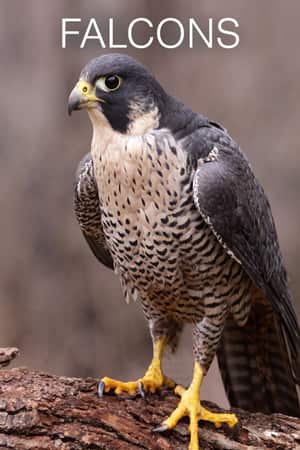
streams
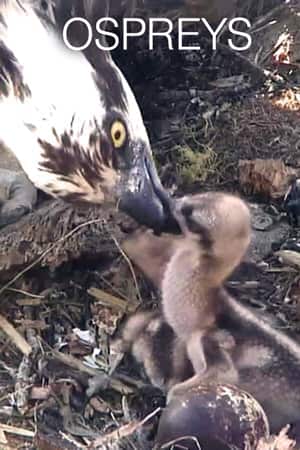
streams

streams

streams
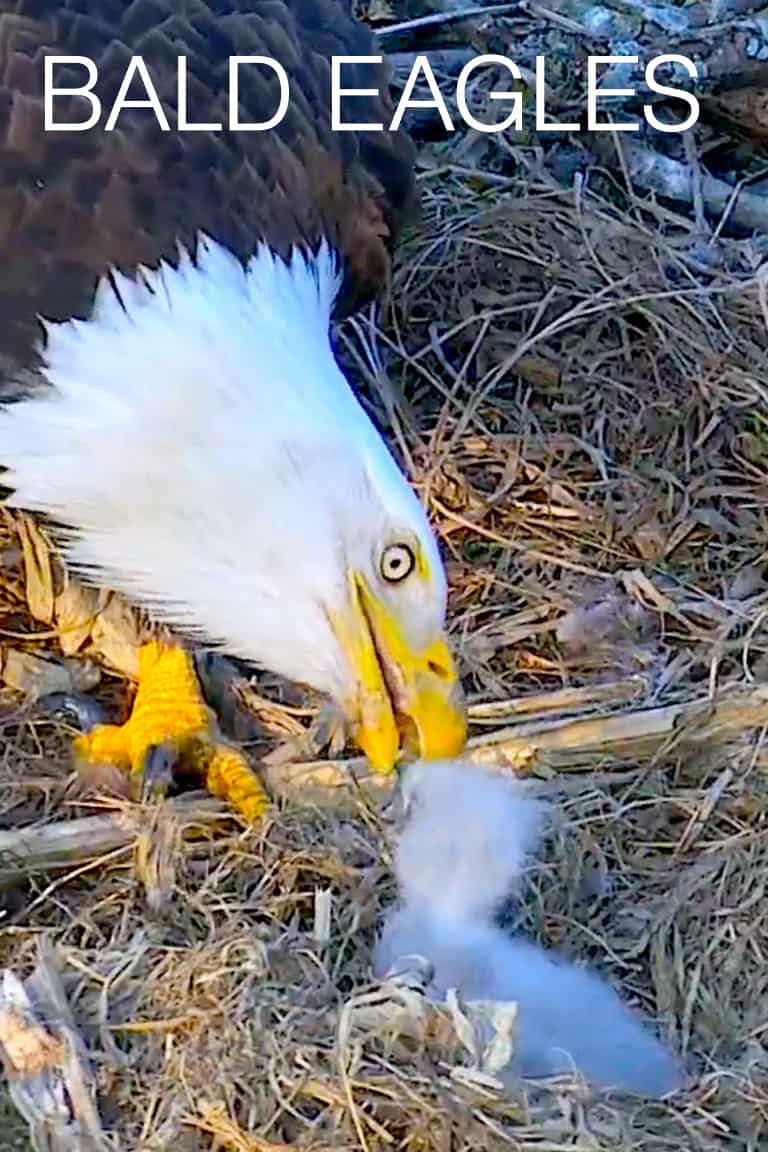
streams

streams

streams
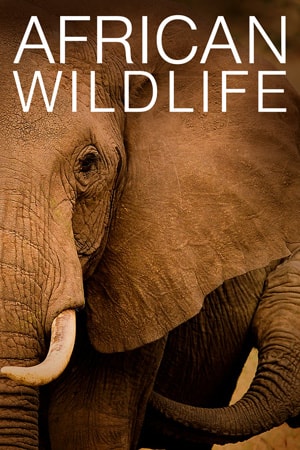
streams

streams

streams

streams

streams

streams

streams

streams
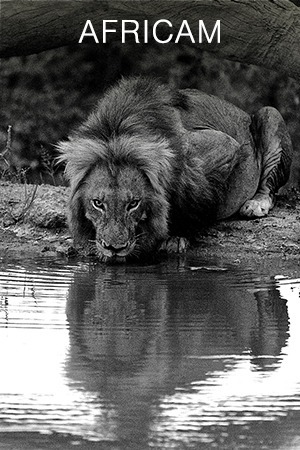
streams
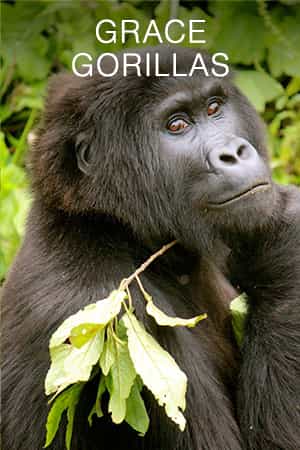
streams

streams

streams

streams

streams

streams
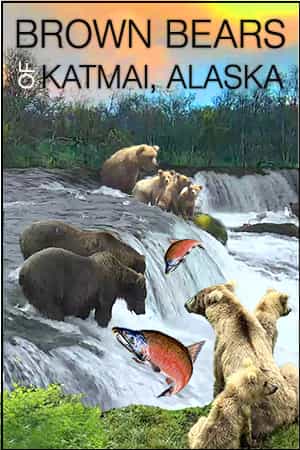
streams

streams

streams
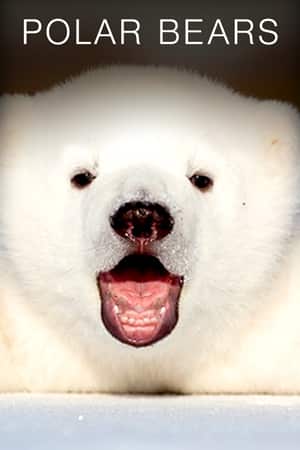
streams
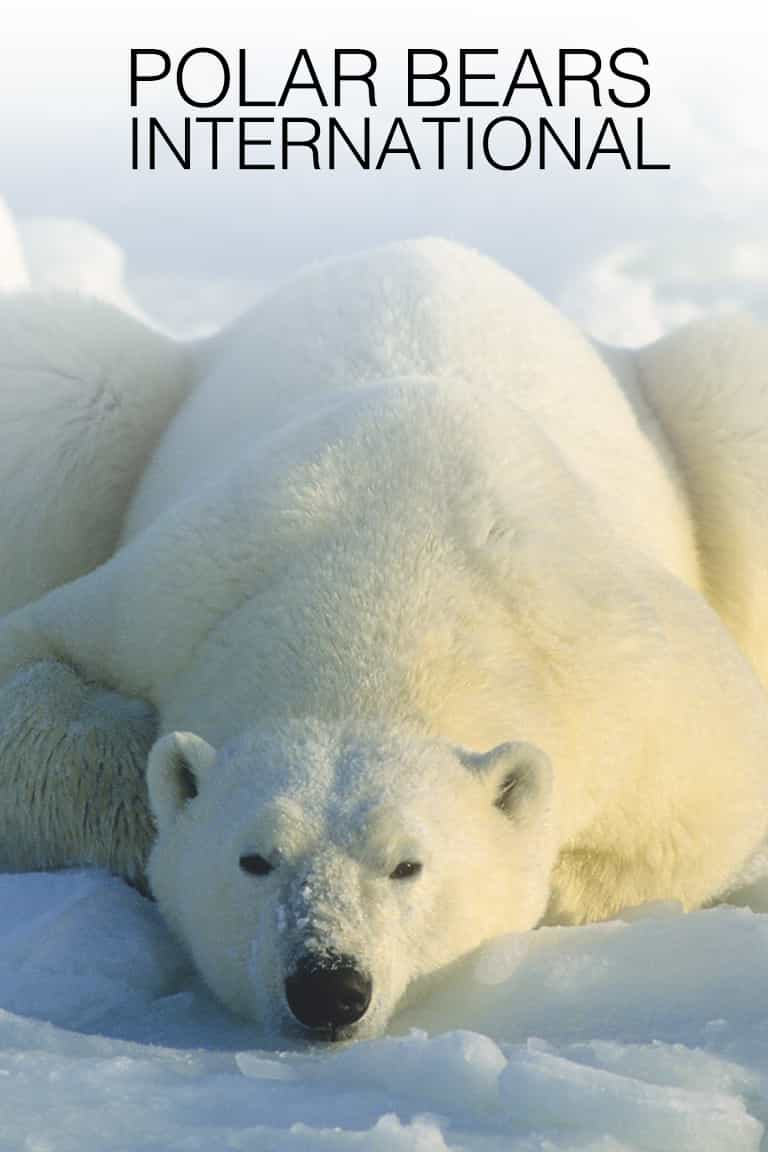
streams

streams
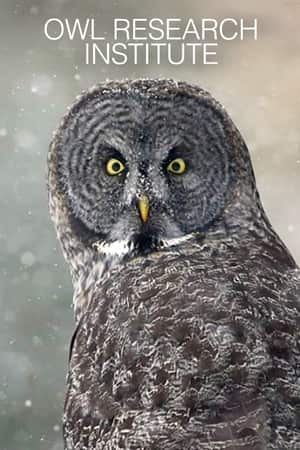
streams

streams

streams
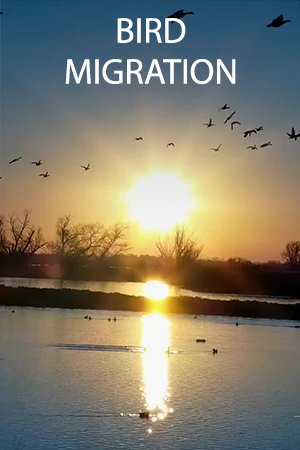
streams
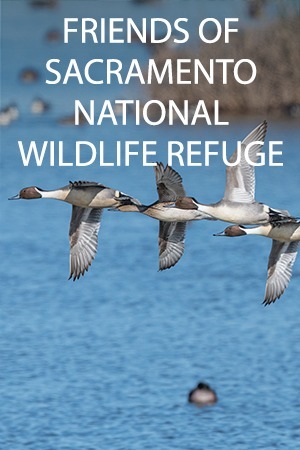
streams
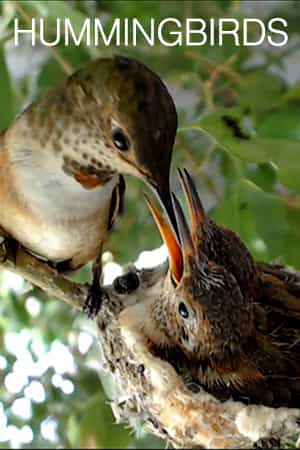
streams

streams

streams

streams
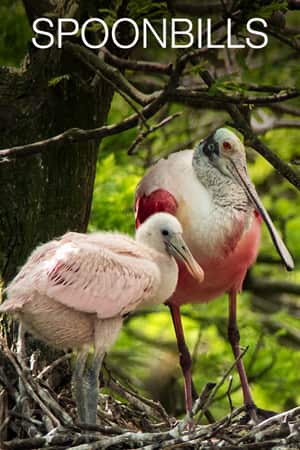
streams

streams

streams
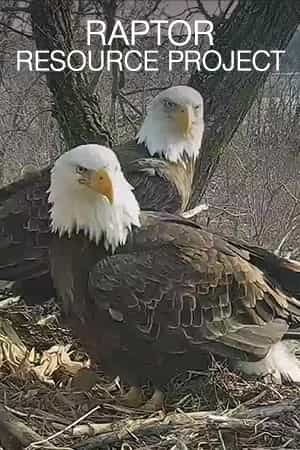
streams
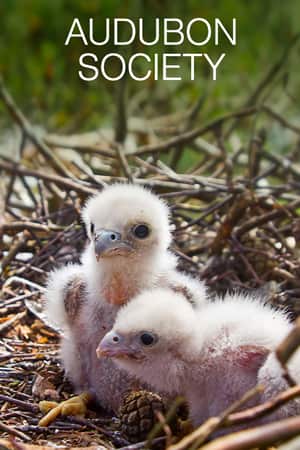
streams
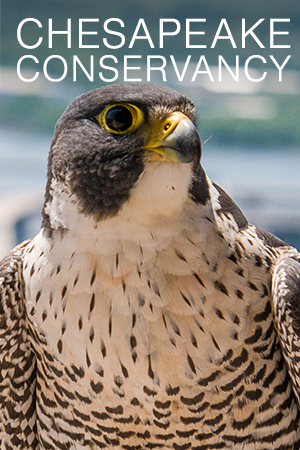
streams
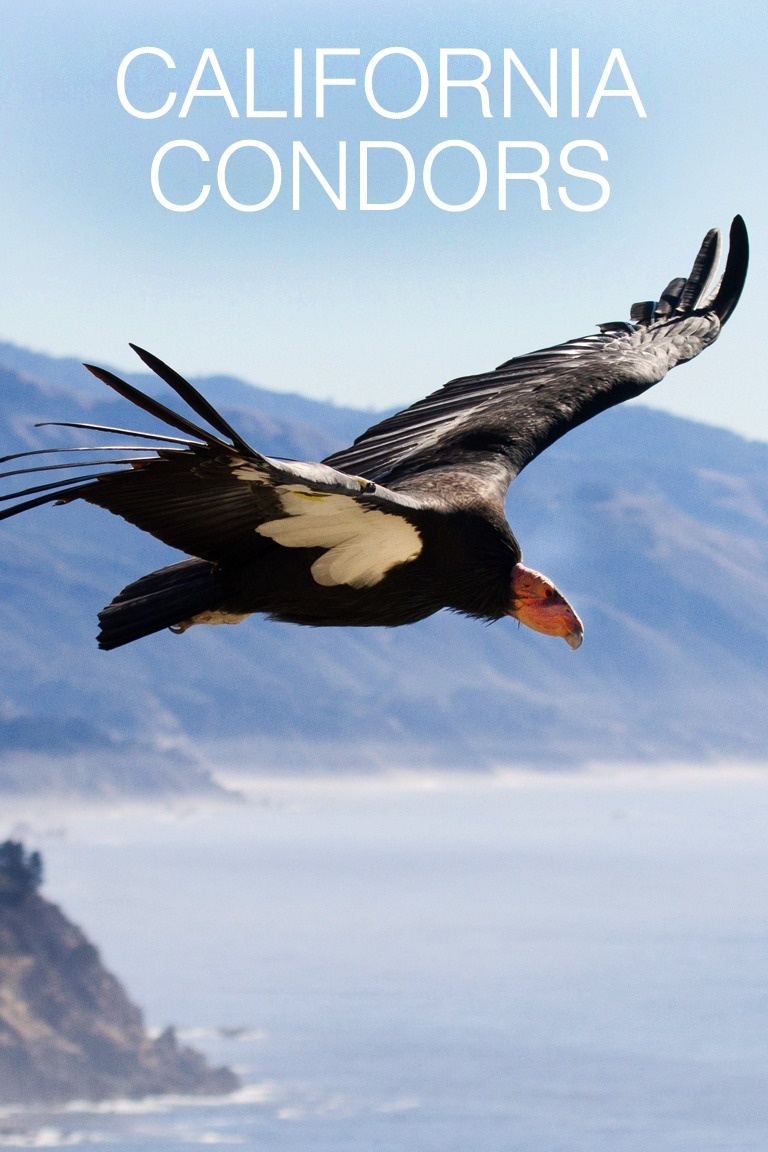
streams
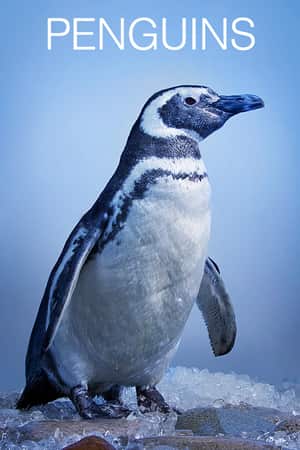
streams

streams

streams
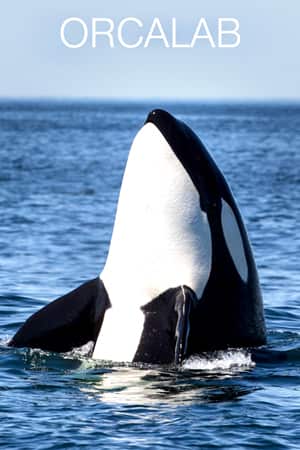
streams
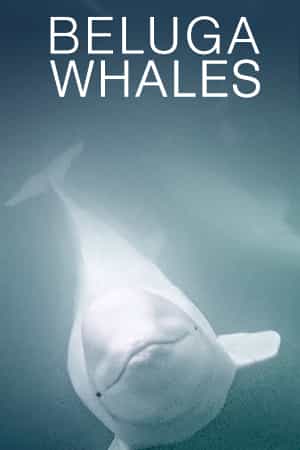
streams

streams

streams

streams

streams
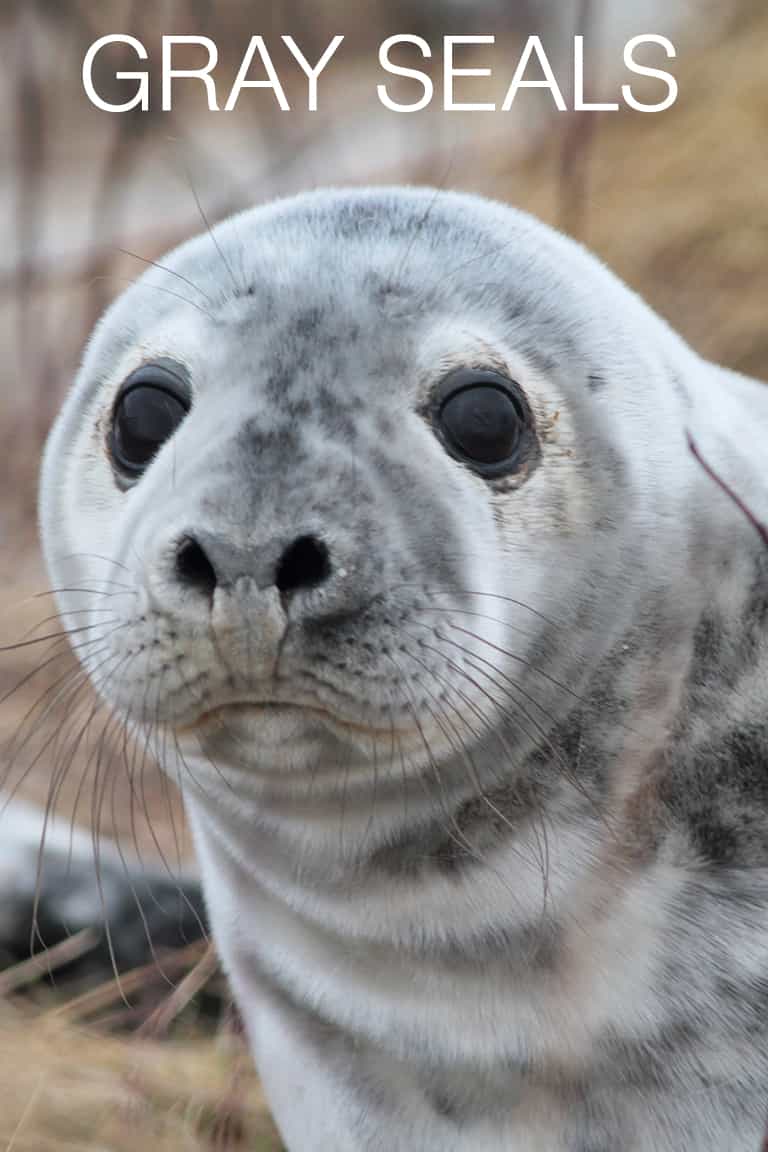
streams
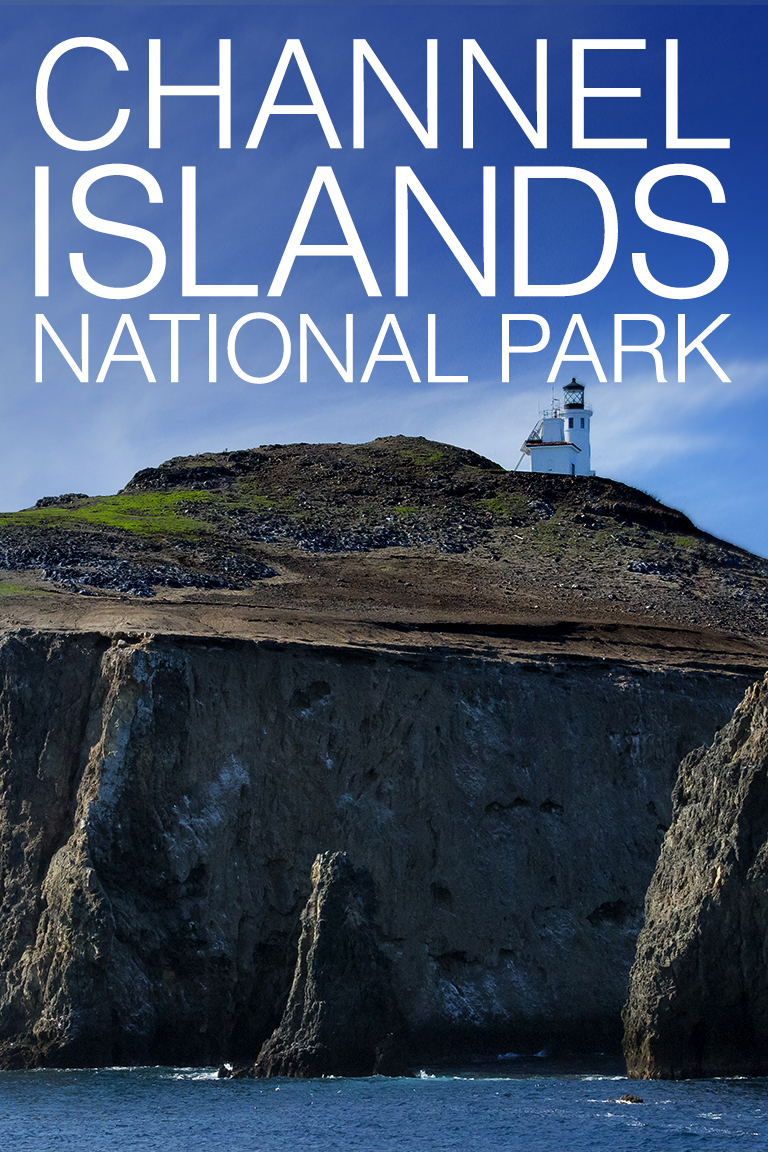
streams
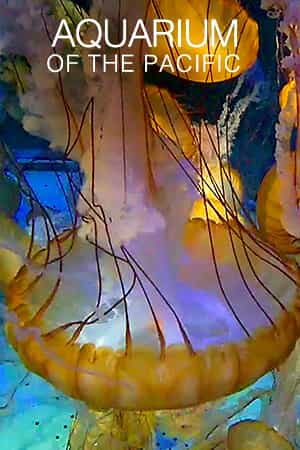
streams

streams
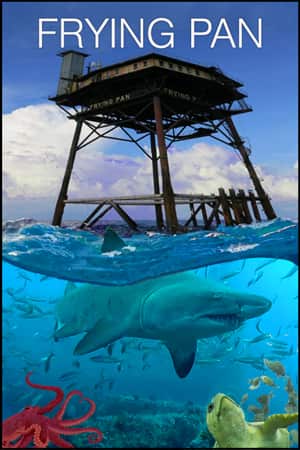
streams

streams

streams
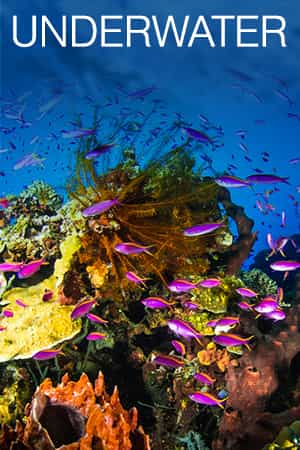
streams
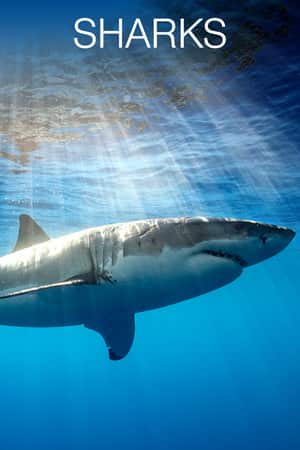
streams
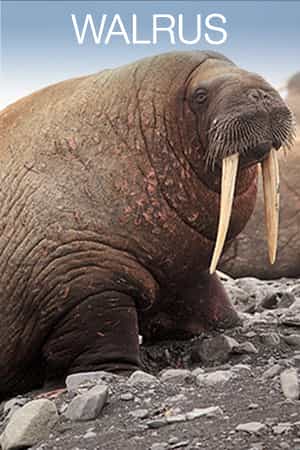
streams

streams

streams

streams
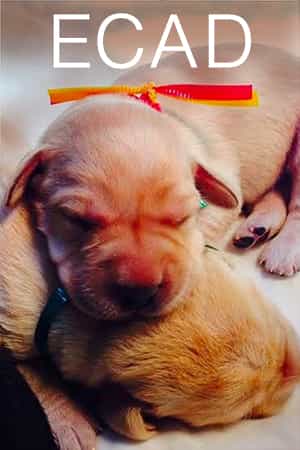
streams

streams

streams

streams

streams

streams

streams
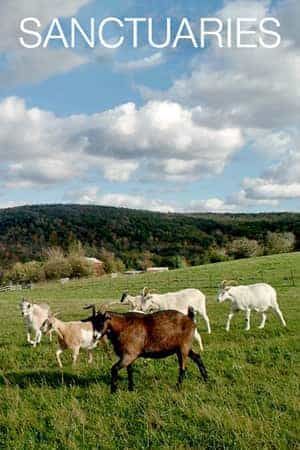
streams

streams

streams
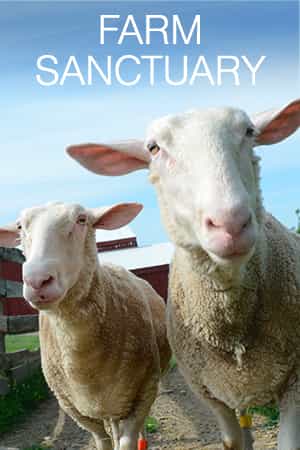
streams

streams

streams

streams
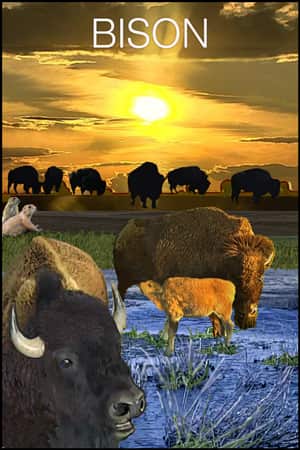
streams
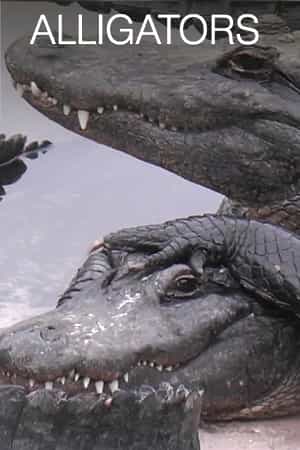
streams
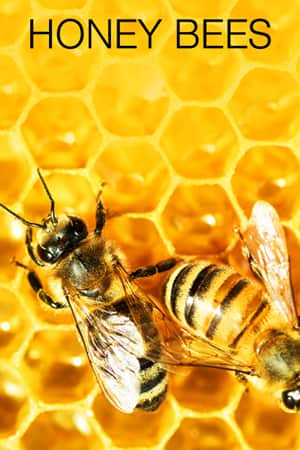
streams

streams

streams

streams

streams

streams

streams

streams

streams

streams

streams

streams

streams

streams

streams

streams

streams

streams

streams
- Favorite Cam
Information
The Raptor Resource Project has partnered with Winona State University and explore.org to bring you the Castle Rock Peregrine Falcon cam, live from the iconic Castle Rock along the Mississippi River. Castle Rock is one of the earliest historical eyries that Peregrine Falcons returned to following the Raptor Resource Project’s cliff-release efforts in the late 1990s. Falcons began nesting here again in 2002 and have successfully produced many young. The tall rock eyrie overlooks the Mississippi River and offers beautiful views of the river valley and the city of Winona.
All Day and All Night
October 2024
Weather
- Prime Viewing
Partner
Founded in 1988 by the late Bob Anderson, the non-profit Raptor Resource Project specializes in the preservation of falcons, eagles, ospreys, hawks, and owls. We create, improve, and directly maintain over 50 nests and nest sites, provide training in nest site creation and management, and develop innovations in nest site management and viewing that bring people closer to the natural world. Our mission is to preserve and strengthen raptor populations, expand participation in raptor preservation, and help foster the next generation of preservationists.
Calendar
Blog
Q & A
Do falcons live here year-round?
No, peregrine falcons spend the winter months in warmer climates, returning to the area sometime between late February and early March. They lay eggs in late March through mid-April, and chicks begin to hatch in mid-May. The falcon chicks will remain in the nest for 38-40 days, at which point they will fledge, dispersing in late August through mid-September. The parents will remain in the area until late fall, when they migrate south.
Where else do peregrine falcons live?
Peregrine falcons are found on every continent except Antarctica. In North America, peregrine falcons were almost wiped out in the mid-20th century due to the use of harmful pesticides. Thanks to many captive breeding and release programs across the country, peregrine falcon populations have rebounded dramatically.
How fast can falcons fly?
Peregrine falcons have been called the fastest bird in the world; during hunts, they can travel at speeds of up to 200 miles per hour.
How do peregrine falcons breed?
Peregrine falcons mate for life and often use the same nesting site year after year. When breeding couples meet up in the spring after a winter apart, they reestablish their bond through courtship behavior. The male falcon will often perform a "mating dance" in the air, using dramatic dives and other acrobatics to impress the female. Later in the courtship, the male falcon will bring food to the female, demonstrating his hunting skill and ability to provide for the soon-to-be family.
Female peregrines are dominant in the relationship; they decide the location of the nest and when breeding begins, typically eight weeks after courtship starts.
How many eggs do the falcons lay?
The clutch size usually consists of 3-4 eggs. Egg colors vary slightly depending on the mating couple, but are often creamy or brown-colored, with red or brown dots.
Both parents incubate the eggs, although the females spend more time incubating while males hunt. After 30-35 days, the eggs will hatch. Chicks typically fledge at about six weeks, but they will often remain in the nest for another four weeks after their first flight and continue to be fed by their parents.
Unfortunately, roughly 60% of wild falcon chicks do not survive to adulthood.


